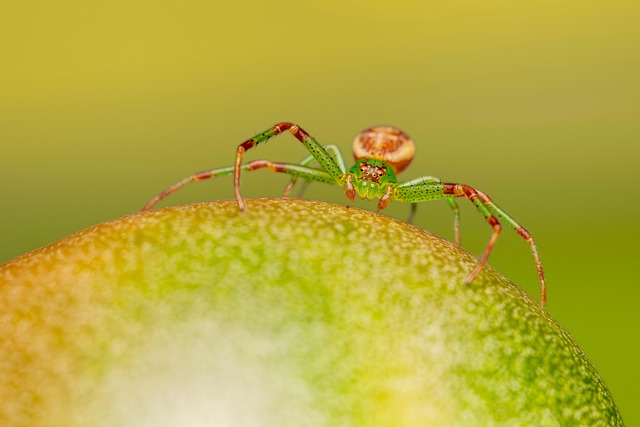
Commensalism Relationship
Understanding Commensalism
Commensalism is a fascinating ecological relationship that occurs between two different species. In this type of interaction, one species benefits while the other remains unaffected, neither harmed nor helped. This relationship can be observed in various ecosystems and is an important aspect of biological diversity.
Characteristics of Commensalism
In commensal relationships, the species that benefits is known as the commensal, while the other species is referred to as the host. The host organism typically remains unchanged by the interaction, while the commensal may undergo significant adaptations to thrive in this relationship. This contrasts with mutualism, where both species involved gain benefits.
Examples of Commensalism
Several well-documented examples illustrate the concept of commensalism:
- Remoras and Sharks: One of the most recognized examples of commensalism is the relationship between remoras, fish from the family Echineidae, and larger host species like sharks. Remoras have a specialized flat oval sucking disk on their heads that allows them to attach to the bodies of sharks and other large fish. This attachment provides remoras with a free ride and access to food, as they feed on the leftovers from their host's meals.
- Great Egrets and Grazing Mammals: The great egret (Ardea alba) is another example of a commensal relationship. These birds often follow grazing mammals, such as cattle, to feed on insects and other organisms that are disturbed from the ground as the mammals move through the grass. In this case, the egrets benefit from the feeding opportunities, while the grazing mammals are largely unaffected.
- Barnacles and Whales: Barnacles often attach themselves to the skin of whales. While the barnacles gain a place to live and access to nutrient-rich waters as the whale swims, the whale remains unaffected by their presence.
- Epiphytic Plants: Epiphytes, such as certain orchids and bromeliads, grow on the surfaces of trees. These plants benefit from the height of the trees, gaining better access to sunlight and moisture, while the trees themselves are not harmed by the presence of the epiphytes.
Importance of Commensalism
Commensalism plays a significant role in ecosystems by contributing to biodiversity and ecological balance. It allows species to coexist and utilize resources in ways that can enhance their survival. Understanding these relationships can provide insights into the complexities of ecosystems and the interdependence of various species.
Conclusion
Commensalism is an intriguing aspect of biological interactions that highlights the diverse ways species can relate to one another. By examining these relationships, researchers can gain a deeper understanding of ecological dynamics and the importance of preserving biodiversity in our natural world.

















 The Stockton University Shelter in Place Incident
The Stockton University Shelter in Place Incident 
 Health
Health  Fitness
Fitness  Lifestyle
Lifestyle  Tech
Tech  Travel
Travel  Food
Food  Education
Education  Parenting
Parenting  Career & Work
Career & Work  Hobbies
Hobbies  Wellness
Wellness  Beauty
Beauty  Cars
Cars  Art
Art  Science
Science  Culture
Culture  Books
Books  Music
Music  Movies
Movies  Gaming
Gaming  Sports
Sports  Nature
Nature  Home & Garden
Home & Garden  Business & Finance
Business & Finance  Relationships
Relationships  Pets
Pets  Shopping
Shopping  Mindset & Inspiration
Mindset & Inspiration  Environment
Environment  Gadgets
Gadgets  Politics
Politics 